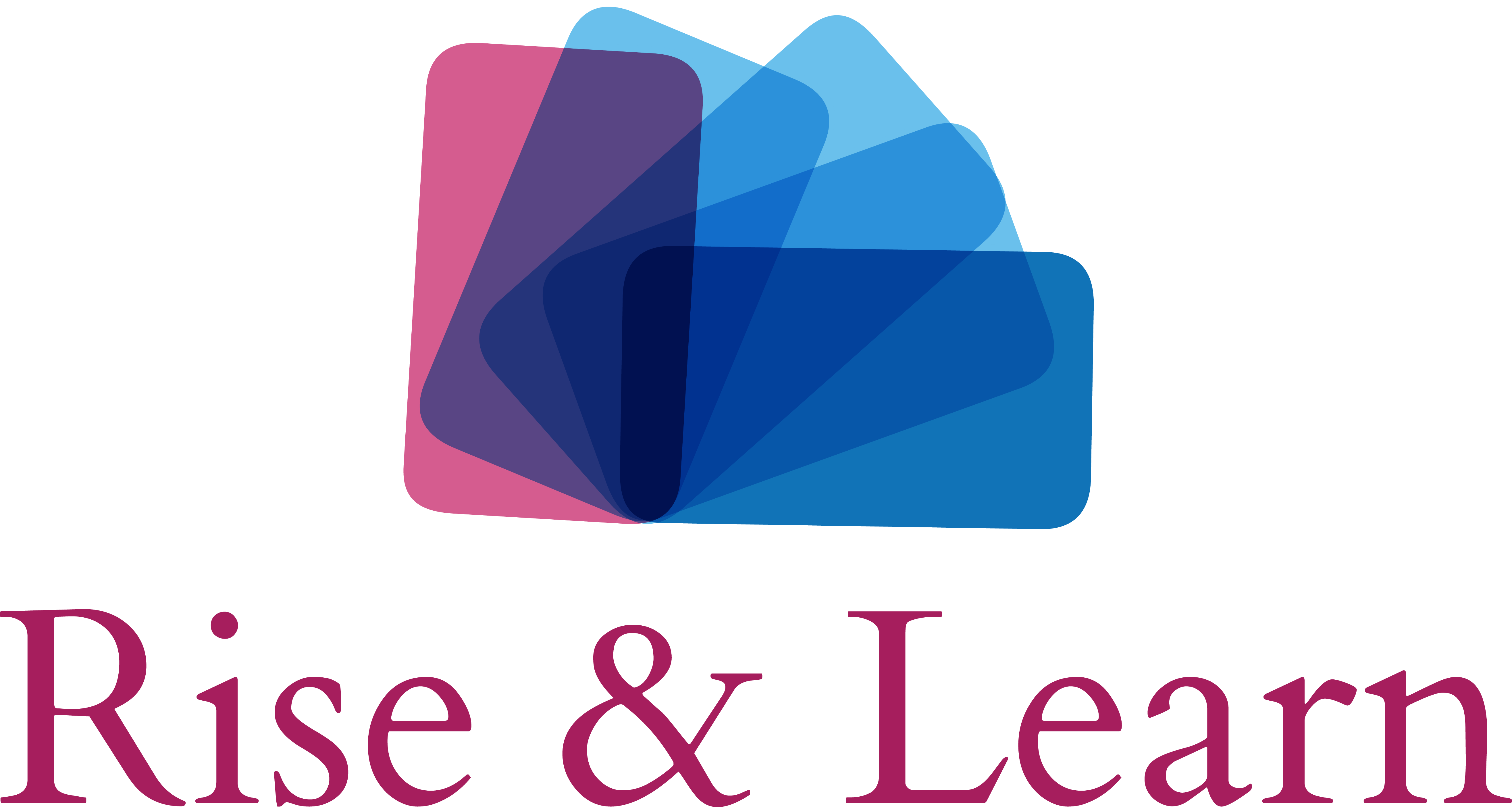Improving Your Technical Writing Skills
For many professionals in the pharmaceutical, technology, finance, and similar industries, technical writing skills are an important part of day-to-day communication.
Writing well in these industries isn’t just a matter of writing grammatically correct sentences; it also involves producing technical documents that are suited to the requirements, comprehension level, and background of their readers.
In this course, you’ll learn techniques for better writing that will help you avoid common pitfalls and structure your business writing more effectively.
You’ll find out how to tailor your written communication to the specific requirements of different types of technical material – so that whether you want to persuade or to instruct, you’ll be able to achieve your writing goals.
40 Minutes
- Identify common writer errors
- Sequence the steps in planning a piece of writing
- Recognize guidelines for writing instructions
- Recognize guidelines for writing training material
- Recognize guidelines for writing reference materials
- Recognize guidelines for writing persuasively
Communicating with Confidence
Communicating with confidence is critical to your message being successfully received. Feeling confident in a high stakes situation is not always easy but with effort, confidence can be cultivated and improved.
In this course, you’ll learn about being an effective speaker. You’ll discover ways to prepare, techniques to avoid being nervous and how to use your voice and body language to communicate with self-confidence.
30 Minuets
- Recognize factors that determine a speaker’s effectiveness in business settings
- Identify techniques for overcoming nervousness about speaking in front of others
- Recognize steps for preparing content for effective communication
- Recognize methods for using your voice effectively in business communications
- Identify ways to use body language to communicate confidently and effectively
- Knowledge Check: Communicating Effectively
- Reflect on what you’ve learned
Taking Effective and Professional Notes
Skilled note taking can make you more productive in business situations. Writing notes and engaging in written communication also provide an effective record to review when necessary.
In this course, you’ll learn tools, techniques, and grammar strategies for effective note taking in interviews and meetings. You’ll also learn ways to write notes that help you learn and recall information, to make it easier to communicate to others.
30 Minutes
- Select appropriate tools and techniques for taking effective notes at work
- Recognize actions for taking productive notes in meetings
- Identify guidelines for taking accurate, effective minutes for meetings
- Identify guidelines for taking effective notes in interviews
- Identify guidelines for taking notes that improve your recall when reading
- Knowledge Check: Taking Effective Notes
Proven Techniques for Technical Communication
Communicating technical information can be a challenging task. Whether you’re a technical guru or someone less experienced, and whether your audience is made up of experts or novices, you need proven strategies to succeed.
In this course, you will learn techniques for conveying technical information in an easy-to-understand manner for a variety of audiences.
30 Minutes
- Identify considerations made at the start of the process for creating technical communications
- Recognize the techniques used to “know your audience”
- Identify the methods used to acquire thorough subject matter knowledge
- Recognize techniques for writing clear and effective technical communications
- Recognize the main purpose for using a specific visual or graphic aid in technical communications
- Knowledge Check: Creating Technical Communications
Confronting Workplace Conflict
Any time two or more people are gathered in one place, conflict will inevitably follow. The workplace is no exception. It’s how you manage workplace conflict. There are many valid approaches to managing conflict, but ignoring it is the one guaranteed not to work. Resolving conflict is an important interpersonal skill that, with practice, can diffuse difficult situations at work.
In this course, you’ll learn some of the major sources of workplace conflict. You’ll learn how to recognize your own conflict style and how to work toward conflict resolution. You’ll also learn strategies and approaches to conflict management and working with difficult people.
40 Minutes
- Identify common styles of handling workplace conflict
- Recognize methods for adapting your style as needed in response to a conflict situation
- Identify the most appropriate conflict style for a particular situation
- Identify mindsets for confronting conflict
- Recognize tactics for dealing with difficult people in a conflict situation
- Knowledge Check: Handling Workplace Conflict
Resolving Workplace Conflict
A conflict-free life is the stuff of dreams. But the world doesn’t work that way, and for all of us, workplace conflict is sadly an inevitability. Personality and organizational conflicts arise from myriad different sources and take many different forms.
As a result, resolving conflict is a necessary skill, and business professionals need a plan for addressing it and managing conflict situations.
In this course, you’ll learn to recognize the sources and signs of conflict. You’ll also learn conflict management strategies and processes for conflict resolution. Additionally, you’ll explore methods for handling difficult people and keeping the process of conflict management on track when difficulties arise.
40 Minutes
- Recognize sources of organizational and interpersonal conflict
- Identify actions that help prevent or mitigate workplace conflicts
- Recognize behavior outside acceptable boundaries of workplace conflict
- Recognize appropriate actions to take when confronted with a conflict situation
- Identify steps for resolving a workplace conflict
- Identify techniques for overcoming obstacles to conflict resolution
- Knowledge Check: Overcoming Workplace Conflict
Developing a Plan to FurEffective Stakeholder Communications for IT Professionalsther Your Career
To earn the support and trust of stakeholders, you need to continuously and effectively communicate how your role in providing technology resources helps your stakeholders realize their own objectives.
In this course, you will learn how to identify your stakeholders, how to choose the right channels with which to communicate with your stakeholders, how to hone your stakeholder message, how to establish trust with your stakeholders through difficult communications, and how to engage your stakeholders through storytelling.
0.7 Hours
- Recognize key considerations when preparing to engage with stakeholders
- Identify the three classifications of communication methods
- Identify the best practices for honing your stakeholder message
- Identify the steps in crafting and delivering difficult communications
- Identify the techniques for developing a story
- Knowledge Check: Earning the Support and Trust of Your Stakeholders
Telling a Business Story
Are you happy in your job? Or drifting along without a career plan? Either way, being proactive about where your career is heading is a good start. Exploring your career options is an important part of managing your career.
In this course, you’ll learn how to develop your career management skills and give your career a boost. You’ll get tips on improving career prospects and moving within your current company.
You’ll learn how to use a promotion plan and explore the best ways to ask for assignments that will move your career forward. And you’ll find out how to make a break and move on.
50 Minutes
- Recognize the benefits of transmitting information via storytelling
- Identify the elements of an effective business storytelling effort
- Recognize actions that create a connection with your audience, increasing the impact of your story
- Recognize key strategies for the initial stages of planning a story
- Identify strategies for outlining the beginning, middle, and end of a story
- Identify strategies for effectively drafting and presenting a business story
- Recognize basic story structures available for business storytelling
- Knowledge Check: Telling Business Stories
Developing Diplomacy and Tact
In business, the best communicators tailor what they say based on other people’s perspectives, goals, and feelings. Communicating with diplomacy and tact allows you to be more persuasive and build stronger relationships.
In this course, you’ll learn about tact and diplomacy: what they are, and how enhancing your business communication skills through their employment can be of value. You’ll also learn skills and strategies to put tact and diplomacy to work for you.
40 Minutes
- Identify the characteristics of tact and diplomacy
- Recognize the value of improving tact and diplomacy skills
- Identify ways to improve tact and diplomacy by focusing on others
- Identify key skills needed for actively demonstrating tact and diplomacy
- Identify strategies to overcome common internal challenges to remaining diplomatic
- Knowledge Check: Reviewing Your Tact and Diplomacy Skills
Remaining Tactful and Diplomatic under Pressure
Over the course of a career, not everyone you work with will be easy to get along with. Sometimes this presents difficult situations. But whether it’s your boss, a peer, direct report, client, or vendor, professionalism, and professional success, rely on overcoming challenging people and be able to work with even those you don’t personally care for. It requires using tact.
In this course, you’ll learn to navigate challenging situations with tact and diplomacy. You’ll learn how to get along with co-workers, give feedback to bosses and direct reports, compose tactful emails, and negotiate diplomatically.
40 Minutes
- Recognize techniques for remaining tactful and diplomatic in difficult situations
- Recognize strategies for addressing problems with a coworker tactfully and diplomatically
- Identify techniques for communicating diplomatically with your supervisor or your direct reports
- Identify best practices for creating tactful emails and texts
- Identify strategies to demonstrate tact and diplomacy in negotiations
- Knowledge Check: Assessing Your Skills for Remaining Tactful under Pressure










